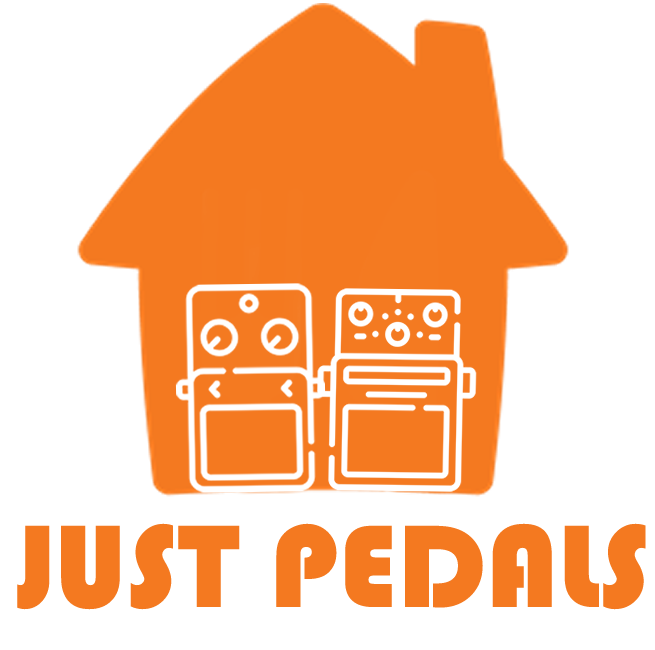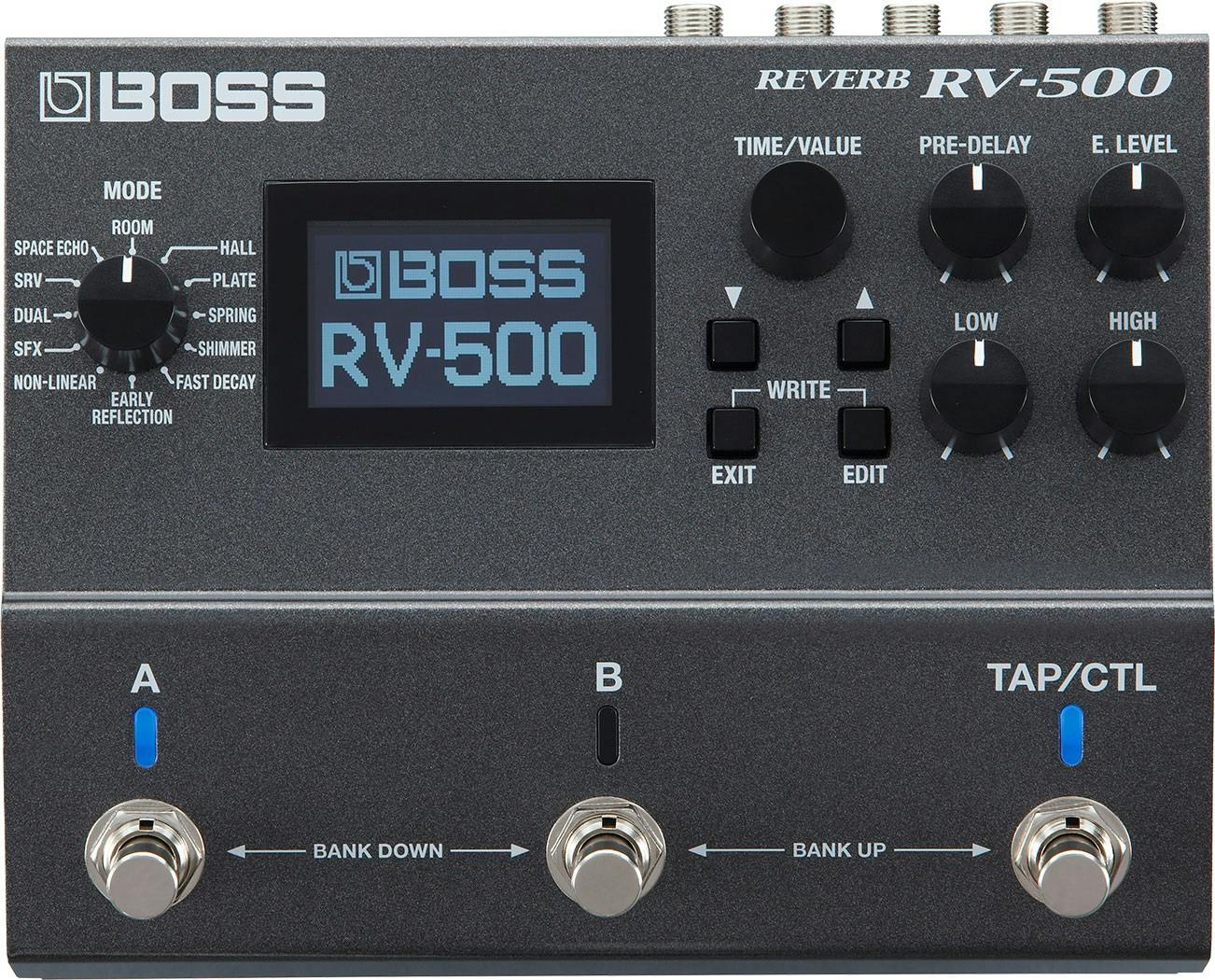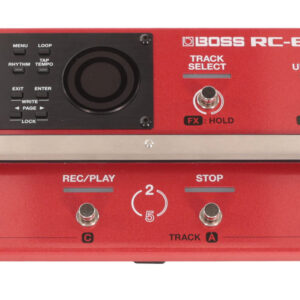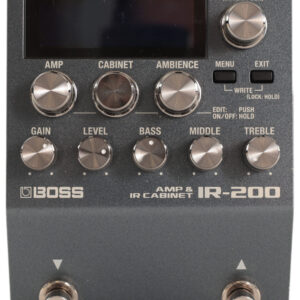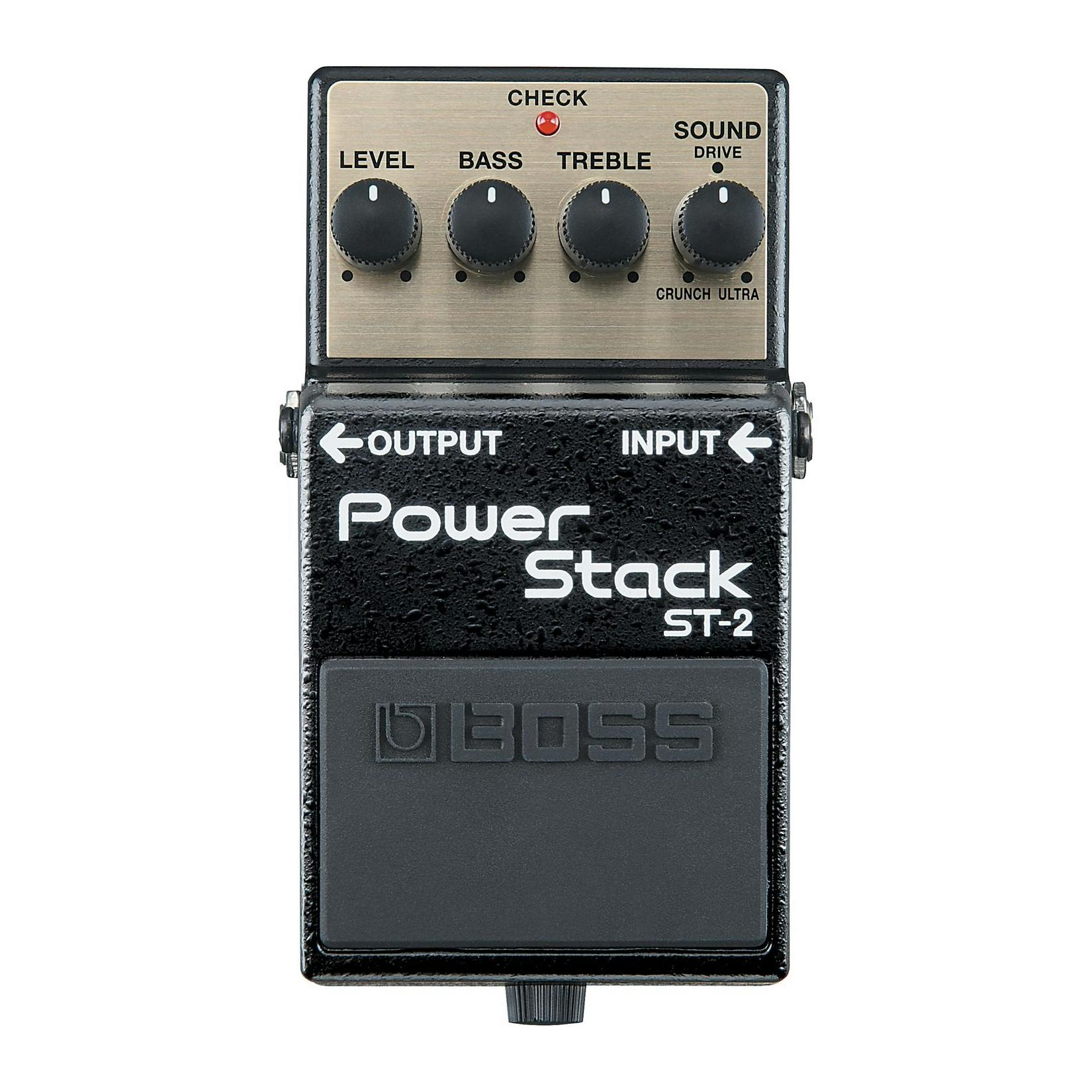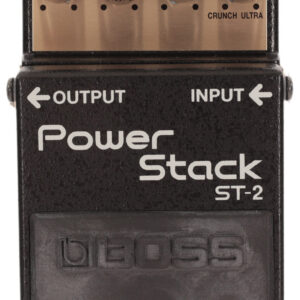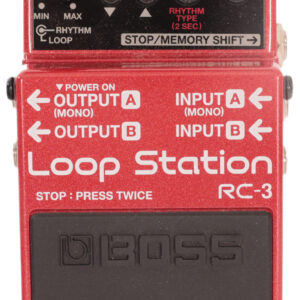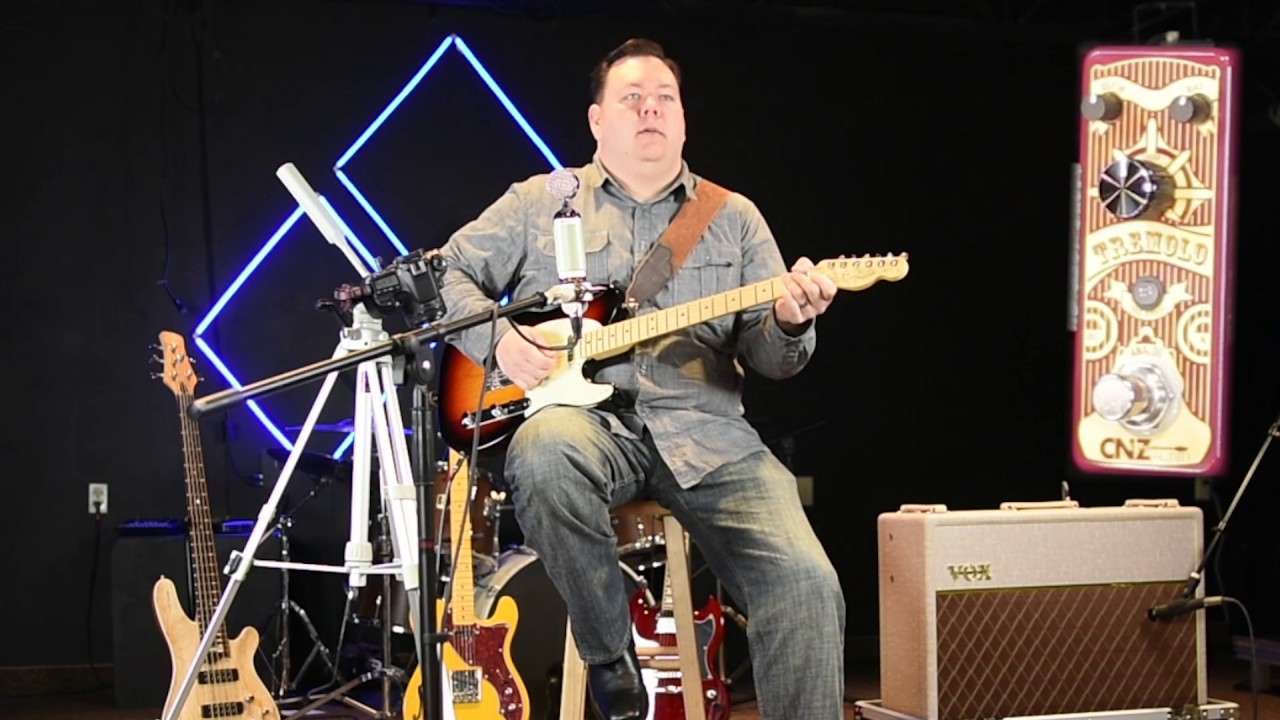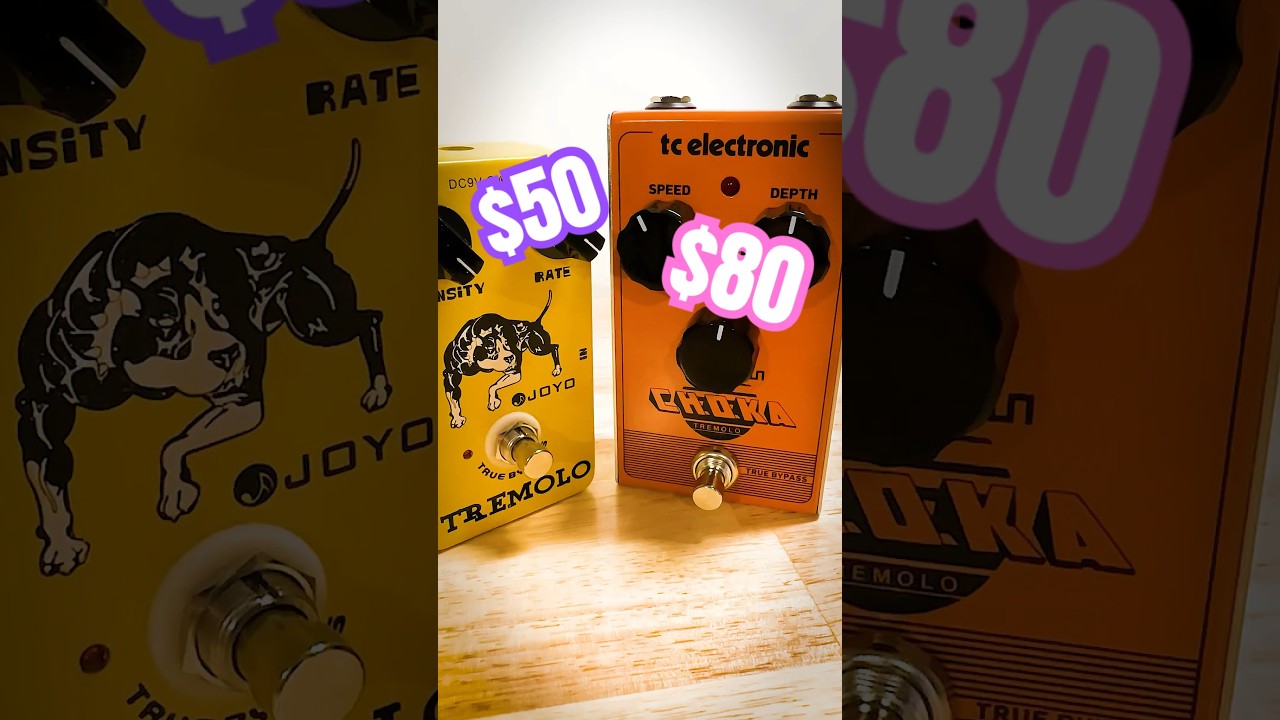Description
here at Just Pedals we love this Boss RV-500 Reverb Effects Processor.
Journey to new dimensions of time and space with the RV-500, the most powerful and versatile reverb processor BOSS has ever produced. This multifaceted creation machine features class-defying 32-bit AD/DA along with 32-bit/96 kHz floating point processing and immense programmability, putting pro-level studio reverb and more at your feet.
Twelve modes and 21 newly developed reverb algorithms deliver a huge range of textures, from complementary ambience to deep, immersive sonic atmospheres. And thanks to the RV-500’s high-octane DSP, you can access a full-featured digital delay along with every reverb patch, and even run two reverb patches at once! Adding in MIDI I/O, support for external footswitch/expression control, and USB for connection to the free RV-500 Editor/Librarian software, the RV-500 is simply the most advanced reverb pedal available, bar none.
- Studio-level sound with first-in-class 32-bit AD/DA, 32-bit floating point processing, and 96 kHz sampling rate
- 12 modes with 21 reverb types, all with deep editing parameters
- Includes a wide range of reverb types from standard to advanced, plus Roland classics such as the SRV-2000 Reverb and RE-201 Space Echo
- A/B Simul mode allows you to use two reverb patches at once
- Selectable carryover function allows reverb tails to continue with patch change or effect bypass
- Powerful DSP provides independent digital delay with modulation along with each reverb patch
- Graphic LCD and intensive real-time control options
- 297 onboard patch memories and hands-on controls
- Selectable buffered-bypass or true-bypass operation
- MIDI I/O for interfacing with MIDI control devices
- USB-MIDI for connecting to the RV-500 Editor/Librarian or a DAW (to be available in early July 2017)
- Runs on four AA-size batteries or PSA-series AC adapter
Twelve Modes and 21 Unique Reverb Types
Inside the RV-500 are 21 top-quality reverb algorithms that enable you to shape any kind of space you can imagine. Each includes a massive range of adjustable parameters, from decay, density, and modulation to EQ, ducking, and more. Every algorithm has been newly developed specifically for this pedal, leveraging BOSS’s decades of expertise in advanced reverb design. On tap is everything from standards like room, hall, and plate to advanced reverbs like shimmer, non-linear, SFX, and many more. Also included are all-new recreations of the RE-201 Space Echo and SRV-2000 Digital Reverb, two revered Roland classics from the ‘70s and ‘80s.
Simultaneous Reverbs and Independent Digital Delay
With its powerhouse DSP engine, the RV-500 is far more than a one-effect device. To start, the pedal’s Dual mode provides two independent reverbs at once; you can feed them both with a full-range input, or with divided frequency ranges on each
